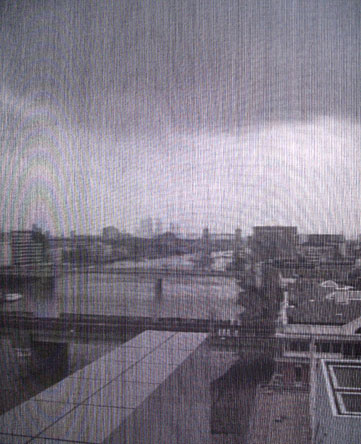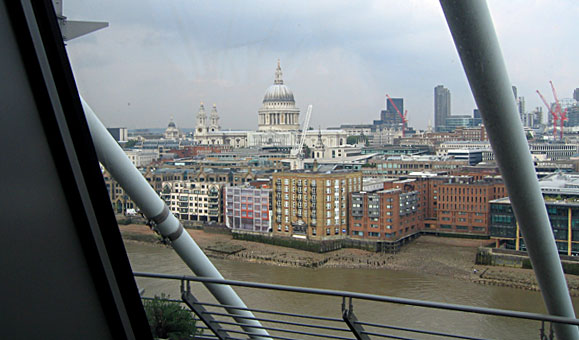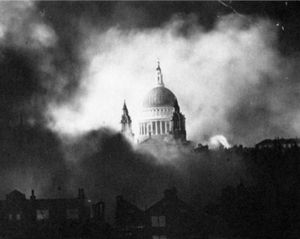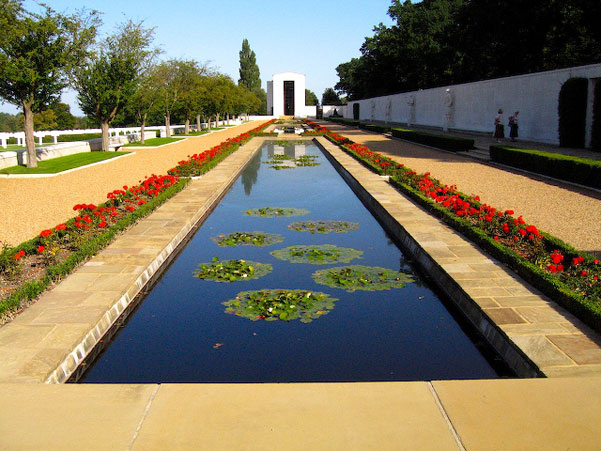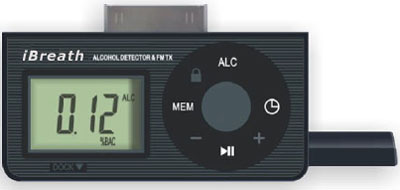Right on schedule. News Corp is starting to behave like,… well, like an old media company. See this from Good Morning Silicon Valley:
MySpace to change name to MineALLMINEspace
MySpace is “a place for friends” — as long as those friends aren’t Web 2.0 outfits living off the site’s traffic. That’s the growing sentiment at MySpace owner News Corp., and Tuesday company COO Peter Chernin told an investors conference that it may be planning to take some of those well known social sharing sites to the mat. “If you look at virtually any Web 2.0 application, whether its YouTube, whether it’s Flicker (sic), whether it’s Photobucket or any of the next-generation Web applications, almost all of them are really driven off the back of MySpace,” Chernin said. “There’s no reason why we can’t build a parallel business. Given that most of their traffic comes from us, if we build adequate, if not superior, competitors, I think we ought to be able to match them, if not exceed them.”
There’s a delicious predictability about this.

